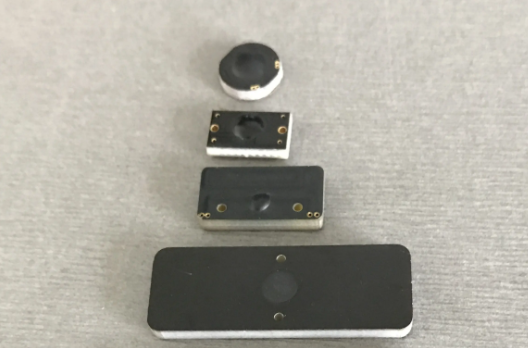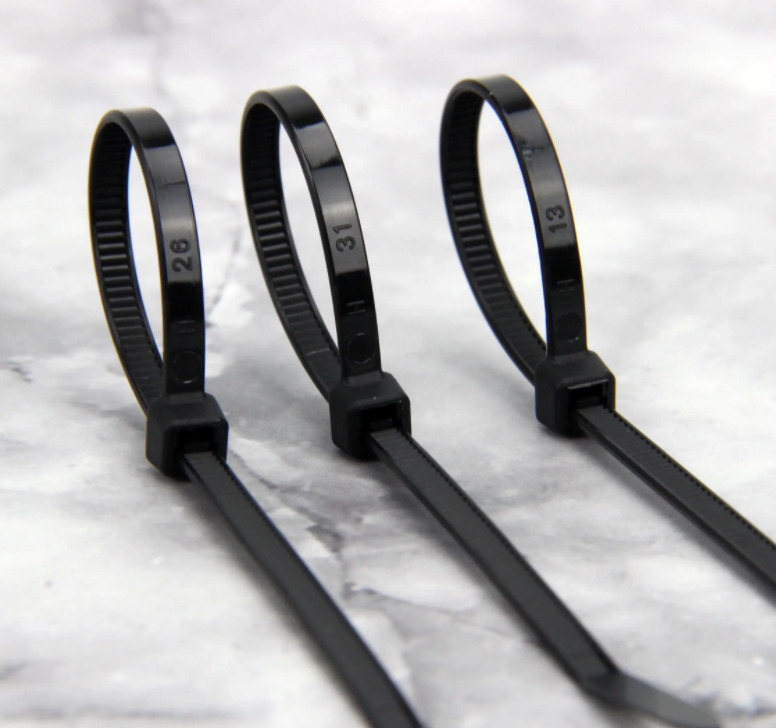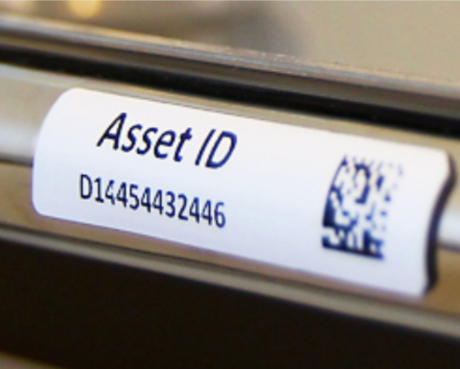Can normal labels be used on metal surfaces?
Many friends do not have such an awareness, and stick RFID wet tags directly on the surface of metal objects. Then they will find that the label has almost no reading distance. UHF tags that would have been able to read seven to eight meters now have a read range close to zero.
Special purpose
Installing RFID tags on metal surfaces requires special anti-metal tags or special installation methods. Anti-metal labels often attach a thicker layer of plastic or plastic material to the surface of the label. Which makes the label actually interfere with metal. In short, it can make the tag form a circuit of radio waves. So that your RFID reader can receive the signal.
How labels work
This is actually very easy to understand. The working principle of RFID tags is to activate the tags through electrical signals sent by the card machine. Radio waves are then generated and sent back to the RFID reader. However, if the ordinary RFID tag is directly attached to the metal surface, the returned signal is completely shielded. And the natural tag appears to have no reading distance at all.
Installation Precautions
Well, now we know that anti-metal labels should be used to install labels on metal surfaces.
In the installation process, so a few points need to be very careful.
Be careful to avoid scratches
First, take the flexible metal-resistant label, which is thicker and has a metal-resistant layer. Then it is easier to fall off after being installed on the surface than the ordinary label. Because it is thick, if it touches something or is scratched, it is easier to fall off. Therefore, you should pay special attention to the installation position of the label. And install the label in a place that is not easy to be touched as much as possible.
Consideration of temperature and humidity

Install RFID Tags on Metal Surfaces 4
The second point is that you have to consider the service life of the label. If it is a consumable and one-time use, then there is no need to consider the service life. But if the label needs to be placed for a long time and used for a long time. Then you have to consider whether the material of the label will be affected by the ambient temperature, pH, humidity, etc. Different environments should choose anti-metal labels of different materials.
Choice of adhesive
Third, also take into account the way this label is installed. If you choose glue as the adhesive, then the choice of back glue is very particular.
pressure sensitive adhesive
If your label has a large enough surface area and is used in a relatively dry and hygienic environment. Then use a pressure-sensitive adhesive backing. The longer the pressure sensitive glue is used, the stronger the bond will be. But it also has a disadvantage that the initial adhesion is not strong enough. Then if your labels are very small, say, less than one square centimeter of surface area available for bonding. Then pressure-sensitive adhesives are not suitable. Moreover, pressure-sensitive adhesives are not resistant to acid-base and humid environments. So in many industrial environments, pressure-sensitive adhesives are not suitable.
epoxy glue
In environments where pressure sensitive adhesives cannot be used, we can often use epoxy adhesives. Epoxy glue has strong firmness and can cope with more complex environments. Moreover, its initial bonding strength is very high. So many anti-metal labels in industrial environments will use epoxy adhesive materials. The cost of this material is more expensive than pressure-sensitive adhesives.
Screws and ties

Install RFID Tags on Metal Surfaces 3
To deal with harsh environments, we can also take the form of glue unexpectedly for the installation of labels. For example, fix it with screws. Many machines will reserve card slots for external labels. So the problem can be solved by screws for a long time. We can also take the form of cable ties. The cable ties are easy to use, flexible in application. And have high strength, so they are a good choice for installing labels. However, when choosing a cable tie label, the problem of light should also be considered. Plastic cable ties, if exposed to ultraviolet light for a long time, will oxidize and become very brittle. And will automatically fall off after a period of time. So if you’re going to use a cable tie to secure the label. Be aware that this method is not suitable for long-term outdoor use.
Pay attention to the light
Fourth, we need to pay special attention to the problem of light. In addition to the cable ties we mentioned just now. Many labels themselves are not UV-resistant, including flexible metal-resistant labels. Once the RFID chip is exposed to ultraviolet light during production time, it will fail. If you look closely at the RFID tag used in the headlights, you can see a small black block at the chip position. Which is used for the chip to protect against ultraviolet rays. So if you want to use the label outdoors for a long time, you must use a specific outdoor label. Or add a layer of shell outside the label .(It is recommended to consult a professional, do not add a shell without authorization).
All in all
Installing RFID tags on metal requires repeated testing. If you want to use it for a long time, you need to consider environmental issues. Such as temperature, pH, humidity, light, and whether it will be scratched or not. In different environments, choose different ways to install. In order to achieve the effect of stable use during the production period.
Of course, if you need to have any questions about the installation of RFID tags. You can also consult us at any time. Shanghai RFIDHY has been focusing on RFID tags for 20 years. We have engineers who will provide you with product suggestions.
Tags: RFID tag customization, NFC tag, RFID card
Written by: Li Shijun, Shanghai Huayuan Smart
Please indicate the source






